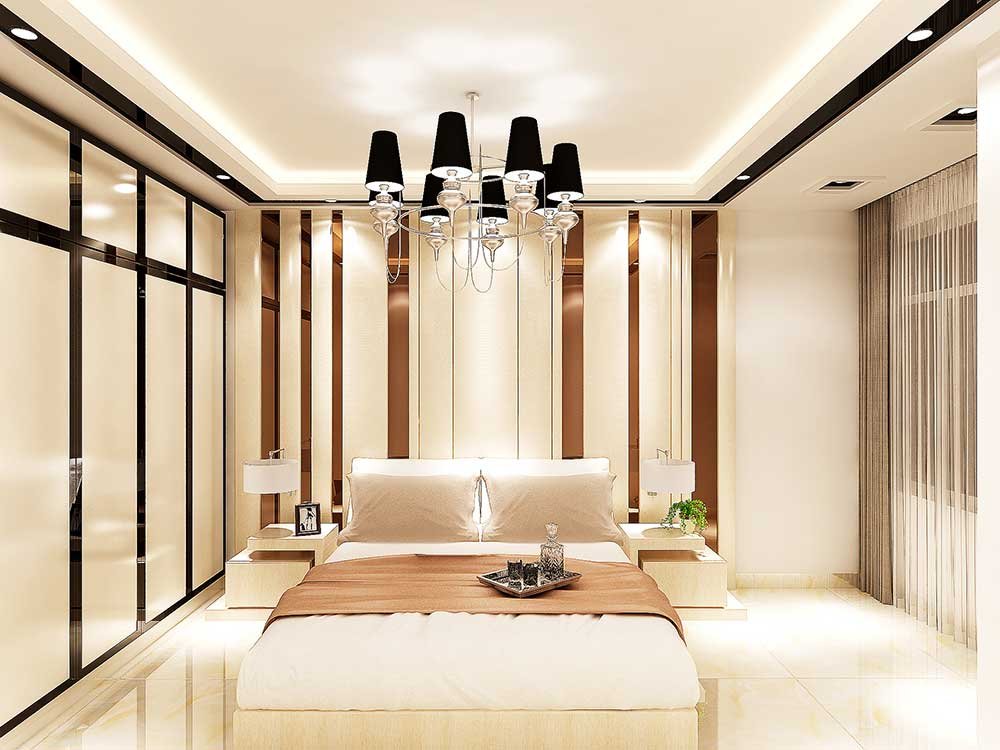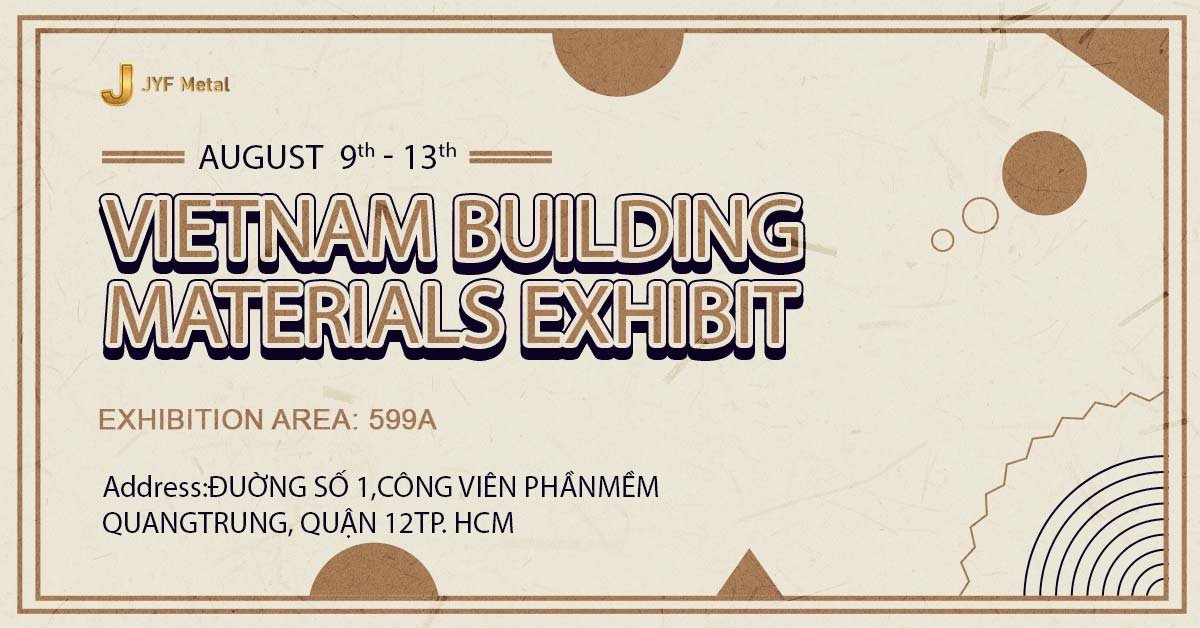The Beauty of Stainless Steel Sculpture
Table of Contents
Introduction
Stainless steel, known for its resistance to atmospheric, acid, alkali, and salt corrosion, is a type of alloy steel renowned for its corrosion resistance. This term “rust” is commonly associated with its ability to resist deterioration. In environments prone to oxidation, stainless steel forms a robust, insoluble chromium oxide layer on its surface, which remarkably regenerates itself, maintaining a pore-free structure. This material, composed of composite metals like chromium and chromium-nickel stainless steel, is celebrated for its attributes such as high strength, longevity, resistance to corrosion and heat, hygienic properties, and ease of fabrication. Its sleek and luminous appearance delivers an impactful visual and decorative appeal.
Historically, sculptures in our country predominantly honored martyrs and heroes, capturing their likenesses with striking realism. The 1980s marked a pivotal era where economic progress became a national priority. This period saw themes like “Rise,” “Take-off,” and “Light of Technology” inspire the proliferation of stainless steel sculptures, emerging ubiquitously across the landscape. In contemporary times, the concept of stainless steel sculpture has evolved to involve an integrative approach. This includes a thorough analysis rooted in urban planning, a deep dive into the locale’s historical and cultural fabric, and a keen understanding of stainless steel’s unique properties. The fusion of stainless steel with other materials, leveraging its full potential, has become a cornerstone in this artistic domain. This multifaceted approach ensures that stainless steel sculptures not only enhance aesthetic value but also resonate with the cultural and historical ethos of their surroundings.
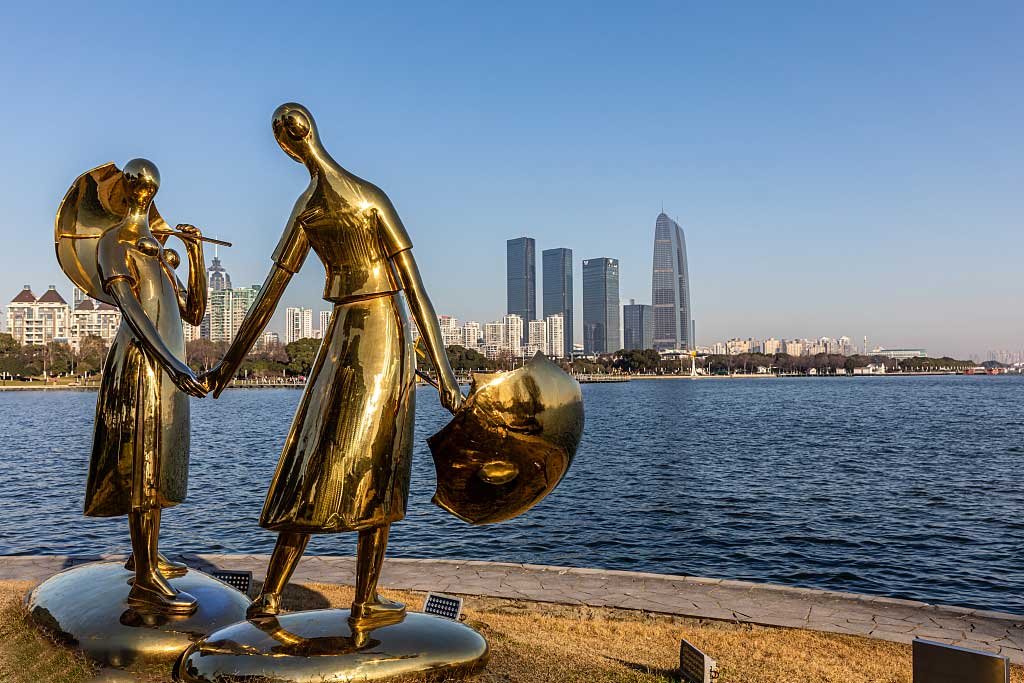
Applications of Stainless Steel in Sculpture
Applications of Different Materials
Incorporating diverse materials, the unique texture of stainless steel art pieces predominantly stems from human psychological influences and deliberate artistic choices, fostering the preservation of personal artistic imprints. This approach is fundamentally anchored in the selection of materials, encompassing a variety of textures such as hardness, softness, sharpness, and gentle visual elements. These elements are integral to the creative phase of the artworks, each possessing a distinct stage in the creative process and imbued with a specific spirit of craftsmanship. In the realm of design, the selection of stainless steel as a material takes precedence, while the intricacies of the crafting process play a supportive role. The crux of artistic design lies in the effective utilization of these material textures, striving to accurately convey the artist’s emotional intent through the physical medium. This meticulous attention to material detail is not merely about creating a visual impact, but about forging a deeper connection between the artwork and its audience, by translating complex emotions and ideas into tangible forms that resonate on a personal level.
Combined with Other Materials
Incorporating diverse materials, the unique texture of stainless steel art pieces predominantly stems from human psychological influences and deliberate artistic choices, fostering the preservation of personal artistic imprints. This approach is fundamentally anchored in the selection of materials, encompassing a variety of textures such as hardness, softness, sharpness, and gentle visual elements. These elements are integral to the creative phase of the artworks, each possessing a distinct stage in the creative process and imbued with a specific spirit of craftsmanship. In the realm of design, the selection of stainless steel as a material takes precedence, while the intricacies of the crafting process play a supportive role. The crux of artistic design lies in the effective utilization of these material textures, striving to accurately convey the artist’s emotional intent through the physical medium. This meticulous attention to material detail is not merely about creating a visual impact, but about forging a deeper connection between the artwork and its audience, by translating complex emotions and ideas into tangible forms that resonate on a personal level.
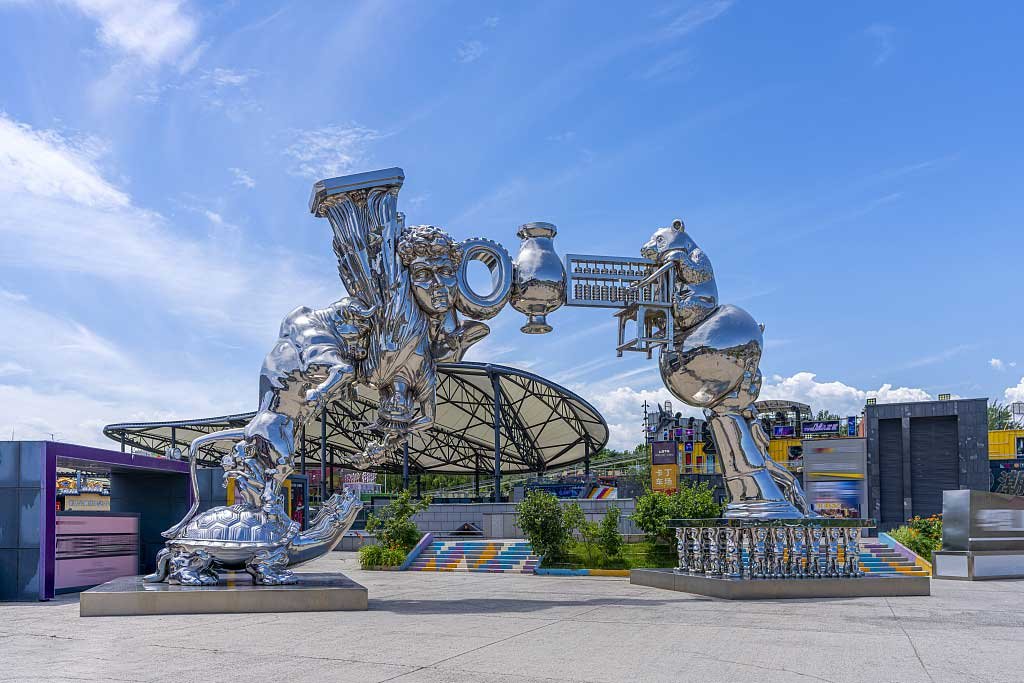
Maximizing the Reflective and Enduring Qualities
Stainless steel is renowned not just for its robustness, long-lasting nature, and resistance to corrosion, but also for its reflective qualities. Thus, in the design process, it becomes crucial to harness these reflective properties of stainless steel. This approach allows for the manipulation of light in such a way that it alters its straightforward path of travel, creating an illusion of expanded spaces and a unique, almost surreal atmosphere. This technique can effectively amplify the perceived scale of landscapes and broaden the spatial experience.
A prime example of this can be seen in Millennium Park in Chicago, where the sculpture “Cloud Gate,” crafted by Anish Kapoor, is a testament to these qualities. The sculpture’s exceptionally smooth surface acts like a mirror, reflecting and warping the cityscape in intriguing ways. Visitors are treated to a view where the urban contours are reflected and distorted, presenting a unique visual experience. Anish Kapoor aptly describes “Cloud Gate” as “The gateway to Chicago, a city of poetry,” capturing its essence as a portal that offers a transformed perspective of the city. This work exemplifies how the reflective property of stainless steel can be creatively used not just to enhance the aesthetics of a sculpture, but to transform it into an interactive element that engages and alters the viewer’s perception of their surroundings.
Innovative Stainless Steel Artistry
The diverse techniques employed by artists in their stainless steel artworks result in a wide array of textures, ranging from sharp and soft to hard, often leading observers to question if the material used is indeed stainless steel. This variety in texture is a direct result of the artist’s unique style and the need to express their artistic vision and personal temperament. These nuances are vividly captured in the final presentation of the artwork.
German artist Ewerdt Hilgermann’s work, characterized by themes of “Lightning” and “Explosion” since 1984, stands as a testament to this creative versatility. Hilgermann crafts his sculptures from stainless steel plates, which are meticulously welded into square or conical shapes, varying in size. His fascination lies in creating the illusion of “Fake air” within these forms. Regardless of the dimensions of these stainless steel “Containers,” he masterfully “Sucks out” the air from within. This is not a literal extraction of air, but rather a clever manipulation using external tools and forces to sculpt the steel. The resulting sculptures appear as if they have been struck by lightning, delivering a visually stunning and impactful effect. This approach not only showcases Hilgermann’s unique artistic perspective but also exemplifies the extraordinary potential of stainless steel when transformed through imaginative and skillful hands.
Ewart Hilgermann has a penchant for the term “Implosion” when referring to his artistic creations, likening himself to a deity capable of manipulating atmospheric pressure. This imagery conjures the vision of him overseeing the gradual deformation of massive steel structures, aligning them with his creative vision. He revels in the display of his formidable power and strength during this artistic process. Hilgermann eloquently states, “To me, the explosion represents the mystery of matter. The energy spirals into the core to create the ultimate beauty.” His perspective underscores the complexity hidden within what appears to be simple. His works, while seemingly straightforward, are profound in their impact, stirring deep reflections and astonishments in the minds of observers. Hilgermann’s approach and philosophy highlight the intricate relationship between material, force, and artistic expression, bringing forth creations that are both visually stunning and conceptually profound.
In Conclusion
The emergence of stainless steel sculpture in China heralds a momentous shift, signifying deep-rooted societal transformations. This evolution in art reflects how Chinese citizens, especially those with a discerning eye for quality, are beginning to reevaluate their role and rights within public spaces through a refreshed lens. Stainless steel art, a key component of urban sculpture, transcends mere aesthetic appeal, embodying both a three-dimensional spatial art and a form of visual expression.
In the realm of architectural design, spaces are often specifically allocated for artistic sculptures or three-dimensional decorative elements. This strategic placement aims to craft a distinct visual identity for buildings, utilizing unique forms and shapes. Beyond its artistic value, stainless steel sculpture also functions as a part of a comprehensive sign system within architectural contexts. This integration not only enhances the comfort and appeal of living environments but also mirrors the prevailing social ethos.
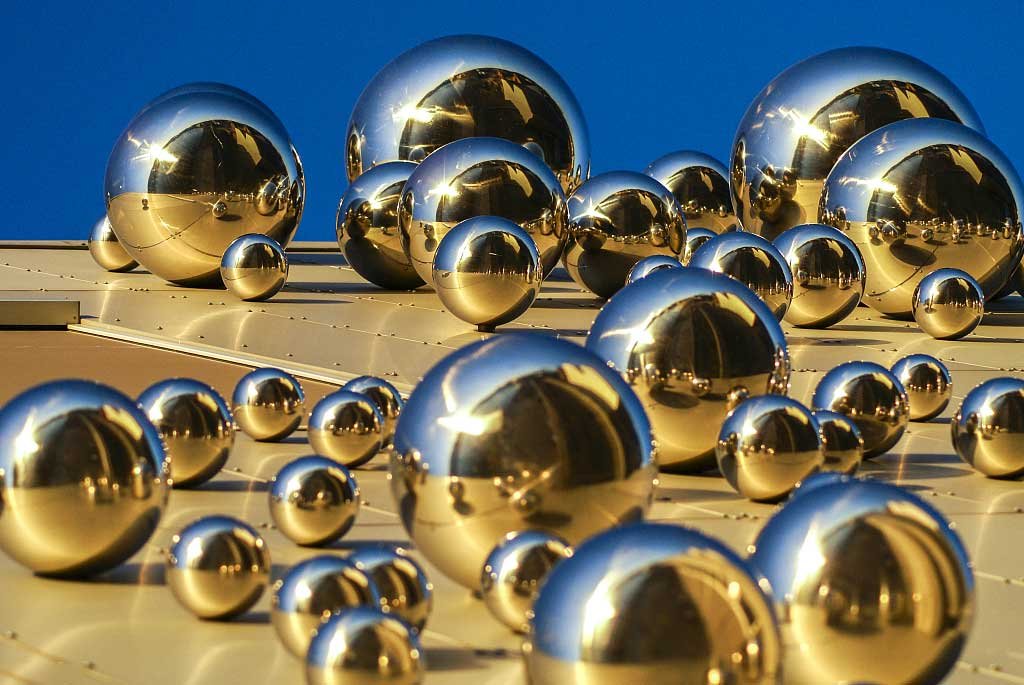
The interplay of artistry, decor, and functionality in stainless steel sculpture is a topic warranting attention and dialogue among the new wave of designers, urban planners, and property developers. They are encouraged to forge creations that are not just intricate and interpretable but also imbued with an artistic allure that resonates with the public. These works should cater to both the communal spirit and the visual enjoyment of the populace, reflecting a blend of aesthetic refinement and relevance to contemporary societal dynamics. This approach underscores the evolving role of stainless steel sculpture in shaping public spaces and influencing cultural trends.
You Might Also Like
Please Share This
Recent Posts
Follow Us On Twitter
On-site Installation of Stainless Steel Screen Partition
Precision-made. Professionally installed.
Transforming spaces with durable, elegant metal dividers.
📩 DM us for custom design and project support.
#roomdivider #screenpartition #metalmesh #metalpartition #metalcustom
On-site Installation of Stainless Steel Screen Partition
Precision-made. Professionally installed.
Transforming spaces with durable, elegant metal dividers.
📮DM us for custom design and project support.
#interiordecoration #metalpartition #roomdivider #sheetmetalfab
Café Design | A Sensory Collision of Metal and Coffee
This design is from BOUNDLESS SPACE DESIGN OFFICE
If you are interested in stainless steel decorative materials, please contact me for a quote !
Email: claire@jyfmetal.com
#interiordecoration #decorativematerials #metallic

